The new silicon found in Apple's iPhone 5s has been viewed under a microscope, revealing some of the secrets of the custom-built A7 processor and M7 motion co-processor.
Cross-section of the new A7 CPU. Photo via iFixit.
Chipworks and iFixit published the results of their extensive teardown on Tuesday of the A7 CPU, M7 chip, and iSight camera found inside the iPhone 5s. Chipworks was able to take layers off of the semiconductors by blasting them with an "Ion Beam Etcher," then viewing them with a transmission electron microscope.
The analysis revealed that the Samsung-manufactured chip is using the company's 28-nanometer Hi K metal Gate process. That's the same process as used by the eight-core Samsung Exynos 5410, which is the flagship CPU found in the South Korean company's latest Galaxy-branded devices.
The "gate pitch," or distance between each transistor, inside the A7 is 114 nanometers, smaller than the 123-nanometer distance found in the A6. That allows Apple to pack as much power as the A6 into an area 77 percent as large.
But the A7 chip uses an even larger amount of total space than the A6, which means the extra space offered by the 28-nanometer process has allowed Apple to significantly improve the performance of its latest mobile processor.
As for the M7 motion co-processor found in the iPhone 5s, Chipworks found that the part is an ARM Cortex-M3 microcontroller. It collects info from a Bosch Sensortech BMA220 3-axis accelerometer, STMicroelectronics 3-axis gyroscope, and AKM AK8963 3-axis magnetometer.
The silicon experts noted that collecting motion data with the A7 processor would be "mega-overkill." As a result, the new M7 allows low-power observation of the motion sensing capabilities of the iPhone 5s.
Also analyzed was the new iSight camera, revealing the larger active pixel area offered by the improved sensors. The analysis also found that the iPhone 5s features the same Wi-Fi module as last year's iPhone 5, while the new Qualcomm 4G LTE modem runs on a two-chip system with parts from Samsung.
 Neil Hughes
Neil Hughes
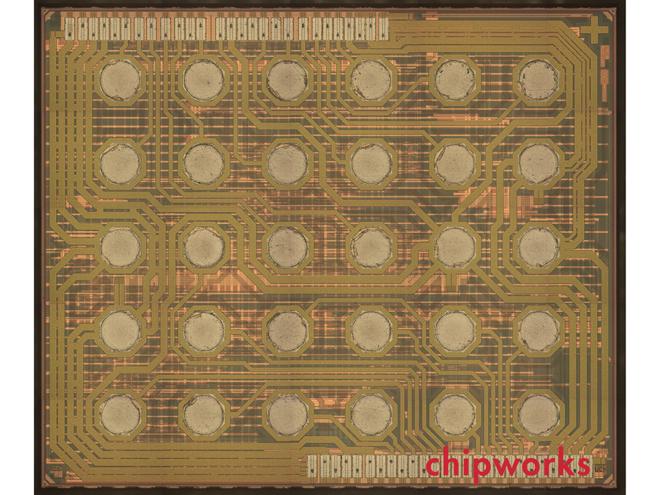


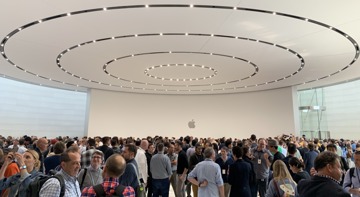
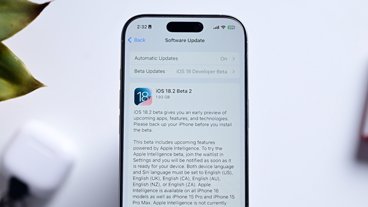
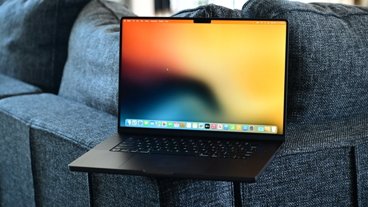








 William Gallagher
William Gallagher

 Christine McKee
Christine McKee
 Andrew Orr
Andrew Orr
 Charles Martin
Charles Martin
 Marko Zivkovic
Marko Zivkovic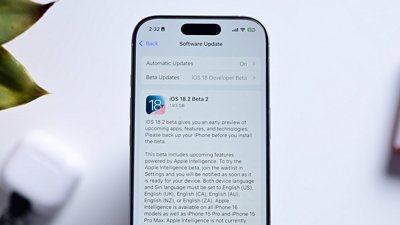

 Wesley Hilliard
Wesley Hilliard

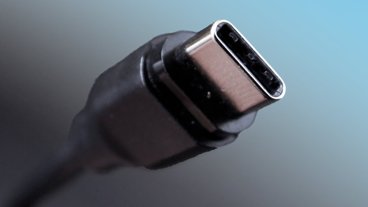
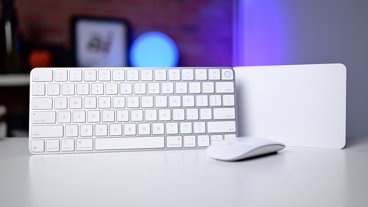




54 Comments
Above the GPU blocks, there appears to be an sRAM block to my eyes. That's interesting, as the Wii U GPU also has that on the GPU die in addition to its larger slower eDRAM. I wonder what the performance implications are, and how big that is. I wonder if it could be used for the framebuffer for the GPU, or if it serves another function? It's too far from the CPU to seemingly be related to that. Too much latency for no reason.
Will an A-series chip make it into a MacBook Air in the next 5 years? That's the question. And will Apple get into the fab business?
I am really curious why they didn't go with the Qualcomm RF360 which would allow far fewer SKU's. Was the RF360 delayed or simply not ready to be produced in such large quantities? For anyone not familiar with it here you go. It basically is a rosetta stone for all bands and frequencies in one radio chip so Apple could make one model to run on any carrier instead of multiple ones like they do now.
http://www.qualcomm.com/media/releases/2013/02/21/qualcomm-rf360-front-end-solution-enables-single-global-lte-design-next
http://www.zdnet.com/qualcomms-rf360-puts-40-mobile-bands-onto-a-single-chip-7000011682/
The A7 seems very impressive. Even though a dual core at 1.3Ghz on paper at least it might seem to be much slower than all though 1.8 and even 2GHz and faster quad cores running in the latest Androids I think it will hold it's own is actual real world use. To the uninformed public simply looking at raw numbers though they might think the competition is much faster even if it is not. Since Apple doesn't advertise the CPU speed though most won't even have a clue but no doubt Verizon, Bestbuy and other employees will make sure they know since they still seem to push other phones over Apple for higher commissions.
The analysis revealed that the Samsung-manufactured chip is using the company's 28-nanometer Hi K metal Gate process. That's the same process as used by the eight-core Samsung Exynos 5410, which is the flagship CPU found in the South Korean company's latest Galaxy-branded devices.
The analysis also found that the iPhone 5s features the same Wi-Fi module as last year's iPhone 5, while the new Qualcomm 4G LTE modem runs on a two-chip system with parts from Samsung.
Oh man, poor DED...
Hopefully next year Apple can cut 'em loose.
Will an A-series chip make it into a MacBook Air in the next 5 years? That's the question.
And will Apple get into the fab business?
Giving the iPad a Surface like keyboard and trackpad dock, I can see.
Going the other way, and taking the x86 chip out of the Air? No, can't see that. Going from PPC to x86 made sense because the windows universe already used it and it had the widest compatibility. Going the other way and dumping x86 compatibility in favor of ARM doesn't make much sense. Apple clearly has some chip designing chops, but ARM is still quite a ways away from Haswell ULV chips let alone Broadwell and so on, Intel keeps moving up too.